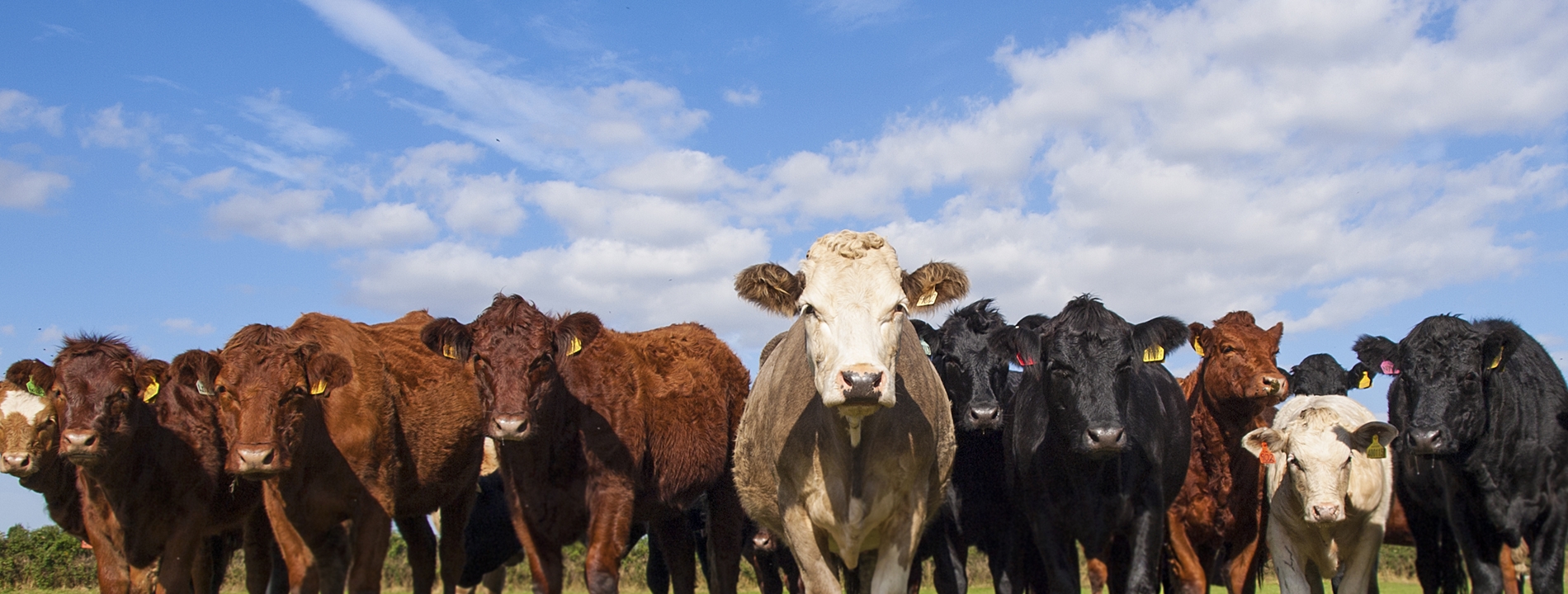Key Messages
-
Scotland's BVD eradication program, supported by legislation, achieved 90% negative status in breeding holdings.
-
EPIC set up the BVD Biobank, adding important data to the fight against BVD.
-
EPIC economists have calculated that beating BVD saves money – £35 and £55 per cow each year in dairy and beef herds.
Animation produced by Moredun Research Institute.
Find out more about BVD
BVD is an economically important disease of cattle worldwide and causes a wide range of cattle health problems such as abortion, infertility, respiratory and gastro-intestinal disorders.
In 2014, it was estimated that eradication of BVD in Scottish beef suckler farms would generate an average saving of around £2,000 per typical herd per annum through avoidable loss in output (Gunn & Stott, 2014). The success of the BVD eradication programme in Scotland is perhaps because it is an industry-driven initiative which is supported by Scottish Government legislation (The Bovine Viral Diarrhoea (Scotland) Order 2019).
For an overview of the eradication program, visit the Scottish Government's website:
Scotland's Bovine Viral Diarrhoea (BVD) Eradication Journey
The program has achieved remarkable success, with a substantial impact evidenced by over 90% of Scottish breeding holdings now attaining a negative Bovine Viral Diarrhoea (BVD) status.
Disease eradication programmes are notoriously difficult when it comes to the final phase of eradication. As the number of infected animals and infected herds decreases, it gets more difficult to find and remove them. Persuading farmers to modify their behaviour in order to achieve disease freedom is critical. BVD eradication is particularly challenging due to the existence of persistently infected (PI) cattle which appear healthy, but continue to shed virus and cause infection in other animals. PI animals may show no clinical signs as calves, although they may have a reduced growth rate and productivity and their life-expectancy is significantly reduced. In November 2023, there were 4 holdings remaining in Scotland with known PIs.

"Evidence of established patterns of disease spread will help to shape Scottish Government policy and guidance on the eradication scheme."
Eradicating BVD: EPIC's Impact and Contributions to Success
BVD Biobank Resource
In Scotland, EPIC scientists have worked closely with two Scottish Government approved diagnostic laboratories, Biobest Laboratories (since 2010) and SAC Consulting Veterinary Services (since 2013), to create a reference sequence repository. This repository is called the BVD Biobank and is based at the Moredun Research Institute near Edinburgh (see Russell et al. 2017 for more information). BVD positive samples from Scottish cattle submitted through assurance schemes are sequenced. The majority of samples are received as serum, but tissue tags are now increasingly frequently submitted to testing laboratories. EPIC scientists have developed and optimised protocols to generate sequence data from the 5’UTR and N-Pro regions for analysis in the positive samples. Protocols have been optimised for direct RT-PCR from serum in order to maximise the throughput of samples and reduce costs. The sequences are uploaded to the EPIC database with their associated animal identification, location and date of sample. The BVD Biobank will be of most value in phase 5 of the eradication programme, developing it now means a larger dataset can be generated, enabling more accurate and detailed analysis and therefore better advice.
Exploring the challenges of BVD eradication in Scotland
The purpose of this study was to explore dairy and beef farmers’, and key stakeholders’ experiences of the BVD eradication scheme in order to inform the future development of the scheme. Interviews were carried out by EPIC social scientists with both dairy and beef farmers and stakeholder groups.
Interviewees identified positive reasons for an eradication scheme included views around the ‘Perception that PIs are dangerous’, ‘economic need to comply with the scheme in order to sell animals’, and ‘industry led design of the scheme supported by government legislation’. Challenges and vulnerabilities of the scheme includes views around ‘Uncertainty, confusion and error in the scheme’, ‘testing’, ‘absence of biosecurity rules [at time of survey], and ‘scheme fatigue’.
Read the full report here.
Economics of BVD
Research by EPIC and Strategic Research Programme economists, statisticians, and epidemiologists identified the financial cost in 2017 associated with retaining just one PI in a dairy and beef herd is £35 and £55 per cow per year, respectively. This is due to reduced milk production and increased reproductive losses (which includes increased abortion and reduced conception/delayed rebreeding in both the dairy and beef herds).
Read the policy brief here.
